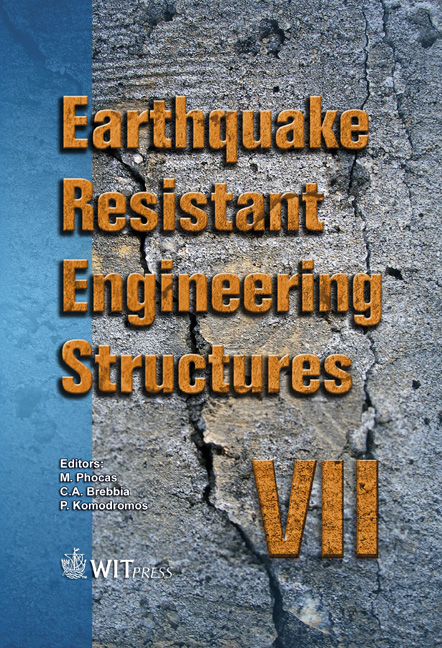A Generic Approach For Simulation Of Large Earthquakes
Price
Free (open access)
Transaction
Volume
104
Pages
12
Page Range
467 - 478
Published
2009
Size
1,022 kb
Paper DOI
10.2495/ERES090421
Copyright
WIT Press
Author(s)
B. Fälth, H. Hökmark & R. Munier
Abstract
This paper presents a generic modeling approach to estimate the possible static and dynamic effects of an earthquake on a deep repository for spent nuclear fuel. 3D models, including a discrete fault plane and numerous surrounding fractures, are analyzed dynamically with 3DEC. An algorithm to control the rupture initiation and the following propagation along the fault plane is developed. Model geometries, the mechanical properties of fault and rock, and the in-situ stresses are calibrated to give the intended seismic moment. M5 and M6 events are simulated with models where the complete fault plane is included (full 3D models). In order to simulate larger earthquakes (M7.5), quasi-3D models with truncated fault planes are developed. The relevance and conservativeness of the models are assessed by comparison of the resulting fault movement and ground motions with data found in the literature. Keywords: modeling, repository, seismic attenuation, stress drop, slip velocity. 1 Introduction In the KBS-3 concept for geological disposal of spent nuclear fuel, applied by the Swedish Nuclear Fuel and Waste Management Company (SKB), copper canisters with a cast iron insert containing the fuel are deposited in vertical deposition holes at 400-700 m depth in crystalline rock (fig. 1(a)). The canisters are surrounded by a bentonite clay buffer for isolation and mechanical protection [1]. Large shear displacements along a fracture intersecting a canister could obviously damage the canister, in particular if the fracture shear velocity is high (fig. 1(b)). In SKB’s safety assessment, canisters sheared 100 mm or more count as failed [1].
Keywords
modeling, repository, seismic attenuation, stress drop, slip velocity.





